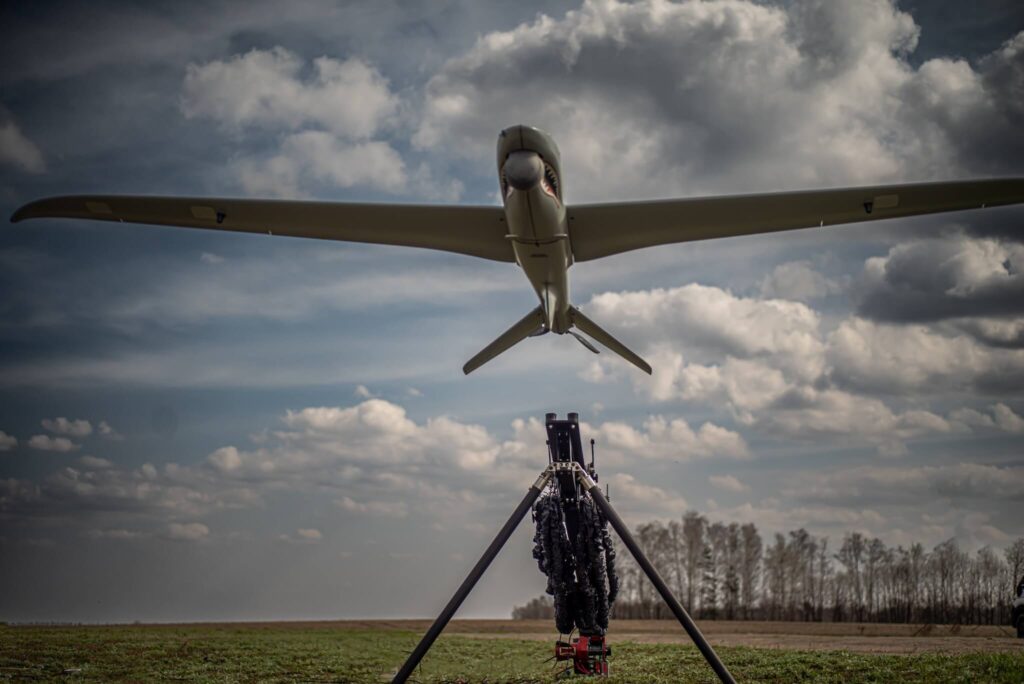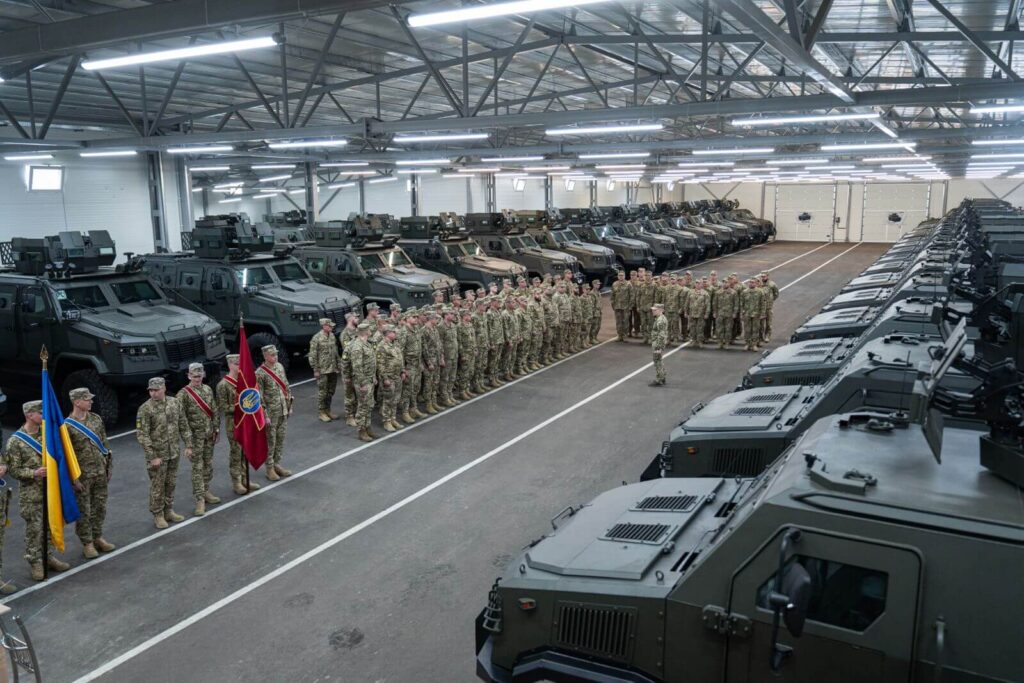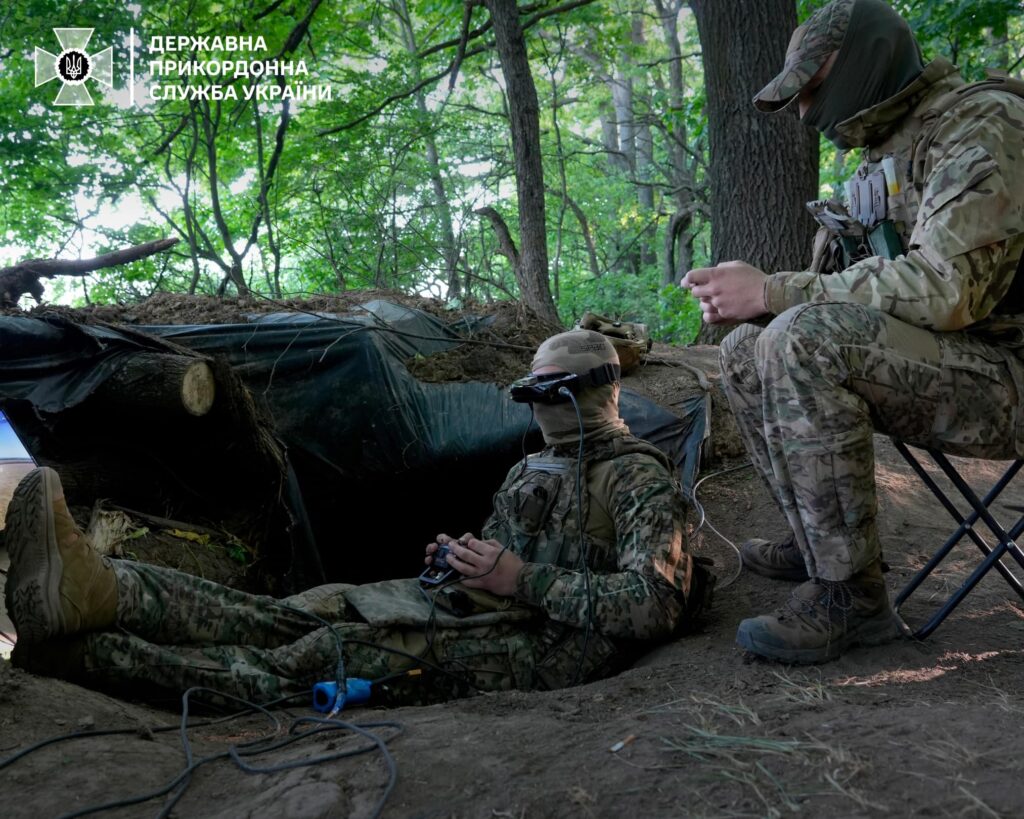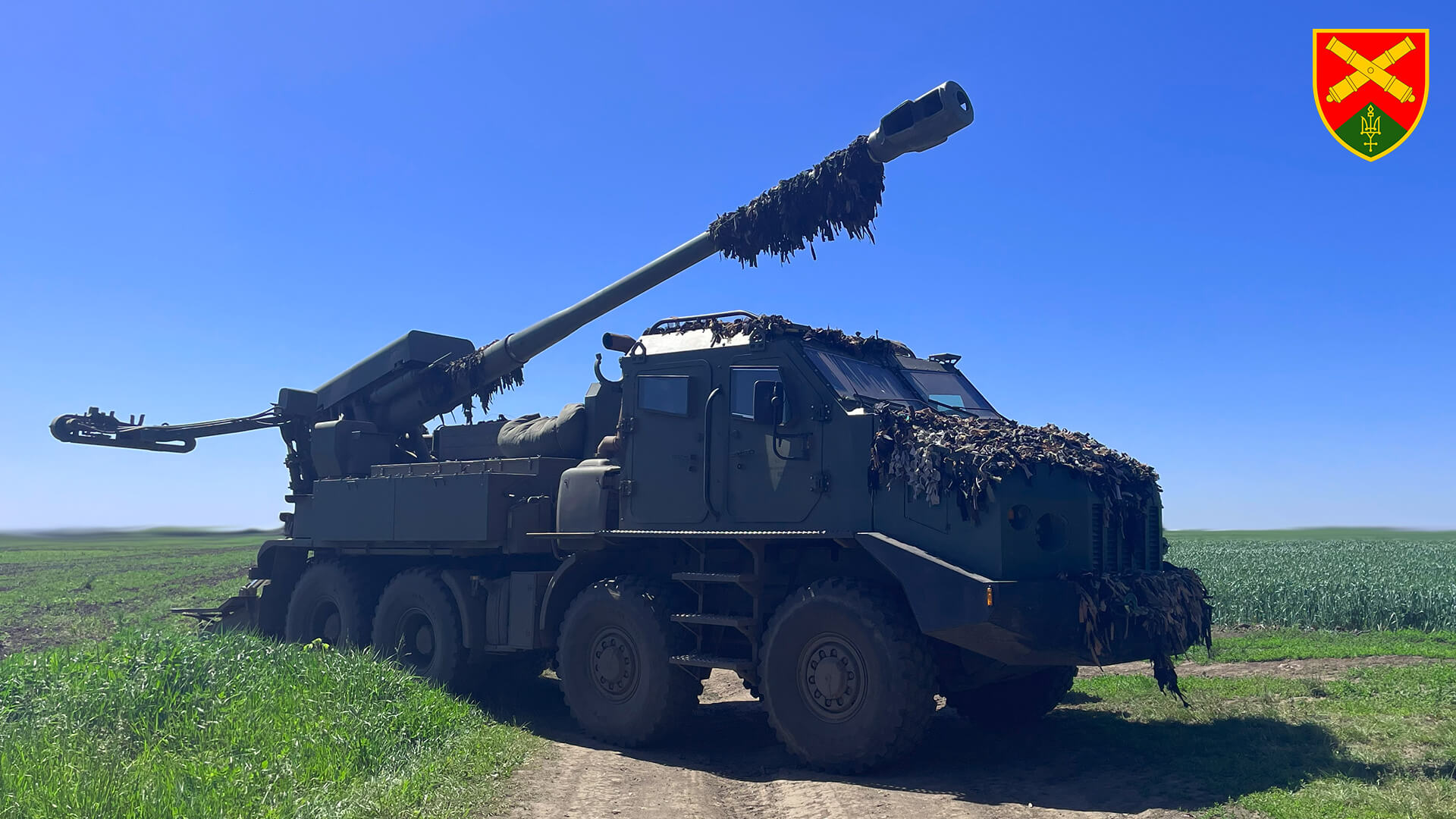As far as the direct financing of Ukrainian-made armaments is concerned, every country can actually take a leaf out of Denmark’s book.
For example, Denmark was the first NATO country to invest directly into the Ukrainian defence industry, therefore enabling the production of 18 2S22 Bohdana self-propelled artillery systems, which all have been delivered by now.
And as recently as September 2024, it was announced that Denmark will invest a further €175 million from its own budget in the Ukrainian defence industry, with a further €400 million to follow via the profits from frozen Russian assets.
These funds will be used to finance the production of Ukrainian combat drones, missiles, and anti-tank systems.
However, other countries have so far hesitated to take the same steps. Investments in their own defence industry are too important, as defence companies were often neglected before the start of the Russian full-scale invasion in February 2022 and funds available are limited.
In the case of Germany, this could change in the future! A spokesperson for the Federal Ministry for Economic Affairs and Climate Action confirmed to the German security and military policy magazine .loyal that the German government is currently considering investing directly in the Ukrainian defence industry.

Should the German government decide to take this step, it would be a significant success for Ukraine, as they have already repeatedly called on their partners to invest in the Ukrainian defence industry — so far mostly unsuccessfully.
Investments are not only contributing to the enhancement of Ukraine’s defence capabilities and their independence from foreign defence companies. They also play an important role in sustaining the Ukrainian economy during the Russian war of aggression.
However, two questions remain unanswered so far. When could this even happen, and what would Germany then finance? Let’s think about it for a second.
The question of “when?”
As things stand, Germany no longer has any financial means available for additional military assistance, not only for this year but also for the following years. In fact, the €4 billion already earmarked in the draft budget for 2025 are already overbooked!
So if they want to invest directly in the Ukrainian defence industry as early as next year, they would either have to receive payments via the EPF or increase the funding for military assistance during the budget negotiations until the end of November 2024. At least these are for me the most likely options.
Of course, the sum which would be invested would be directly linked to the amount of additional funds that would be available through one of the two measures.
With just €60 million or so in additional funds, it would already be possible to finance some significant military equipment, which means, in my opinion, one of the two options mentioned above is not unlikely to happen.
This would ensure much needed investments already in 2025.
The question of “what?”
Let’s move on to the question of what the German government could finance. In principle, the Ukrainian defence industry is full of surprises and the possibilities are practically endless.
Armoured vehicles, drones of various ranges and use cases, artillery pieces, ammunition, firearms, basically everything you can think about can be bought in Ukraine.
However, we can actually rule out most of the options due to the order backlog in Germany and the policies of the German government — especially those of the German Chancellor Olaf Scholz.
Given the already concluded contracts with German or foreign defence companies and already known additional requests for German-made armaments made by the Ukrainian Ministry of Defence, I’m sure that one could rule out armoured vehicles, reconnaissance drones, ammunition, anti-tank weapons and firearms.

From a political perspective, given the current government, I would also rule out anything that could be considered a stand-off weapon, such as Ukraine’s “deep strike drones”, which Ukraine is already utilising successfully to attack military targets on Russian territory.
What is more likely?
I personally consider two possibilities to be quite likely. The financing of Ukrainian loitering munitions, more precisely FPV drones, and self-propelled artillery systems.
Drones play a vital role on the battlefield in Ukraine and I don’t think anyone would disagree if I say that both Ukraine and Russia are the most advanced countries in the world when it comes to drone warfare.
According to the Ukrainian President Zelenskyy, the Ukrainian government has already financed one million drones — produces by hundreds of Ukrainian companies — with its own funds and delivered them to the AFU!
The majority of these drones are FPV drones, which are responsible for high casualty rates among the Russian military and some of the best results in the turret tossing contest.
They are cheap and fast to produce, thousands of them are being used every month so they are in very high demand and there are currently no contracts signed with German defence companies.
It is basically the perfect option to choose when one wants to finance Ukrainian-made armaments. In my opinion, it is very likely that Germany, which is a member of the “Capability Coalition Drones” will do this once they decide positively on the whole issue.

The second option would be Ukrainian-made self-propelled artillery. Even if many military experts around the world before 2022 no longer expected tube artillery to still play one of the most important roles in land warfare, the war in Ukraine has taught us better.
This makes it all the more important that Ukraine is not only supplied, for example by Germany, with artillery systems manufactured in Germany, such as the PzH 2000 or RCH 155, but also produces its own modern artillery systems.
This is where the 2S22 Bohdana comes into play. It is the Ukrainian flagship product and has been in full production since January 2023. As mentioned at the beginning of the article, Denmark has also already financed 18 pieces for Ukraine, which all have been delivered.
With a price tag of around €3 million per piece and a production rate of 20 artillery pieces per month, one could finance the production of 20 modern 155mm artillery systems within a very short period of time for just €60 million.
Something we are of course not familiar with from the even more modern and heavily armoured German artillery systems. But truth must be told, it’s not fair to compare a 2S22 Bohdana to a PzH 2000 or an RCH 155 for various reasons.
What we can take from the text, however, is that modern 155mm artillery systems are in great demand and that the 2S22 Bohdana is both affordable and fast to produce.
Let’s say Germany would “only” invest around €100 million in the Ukrainian defence industry. Even that could be used to finance the production and delivery of over 25 Ukrainian-made 155mm self-propelled artillery systems, as well as several thousand of FPV drones.
Of course, this part of the article was pure speculation on my end and should be taken with a grain of salt, but I hope it still provided you with interesting information.
If you liked this post, consider following me on X, Bluesky, or Telegram. If you like, you can also leave me a tip on Ko-fi.


